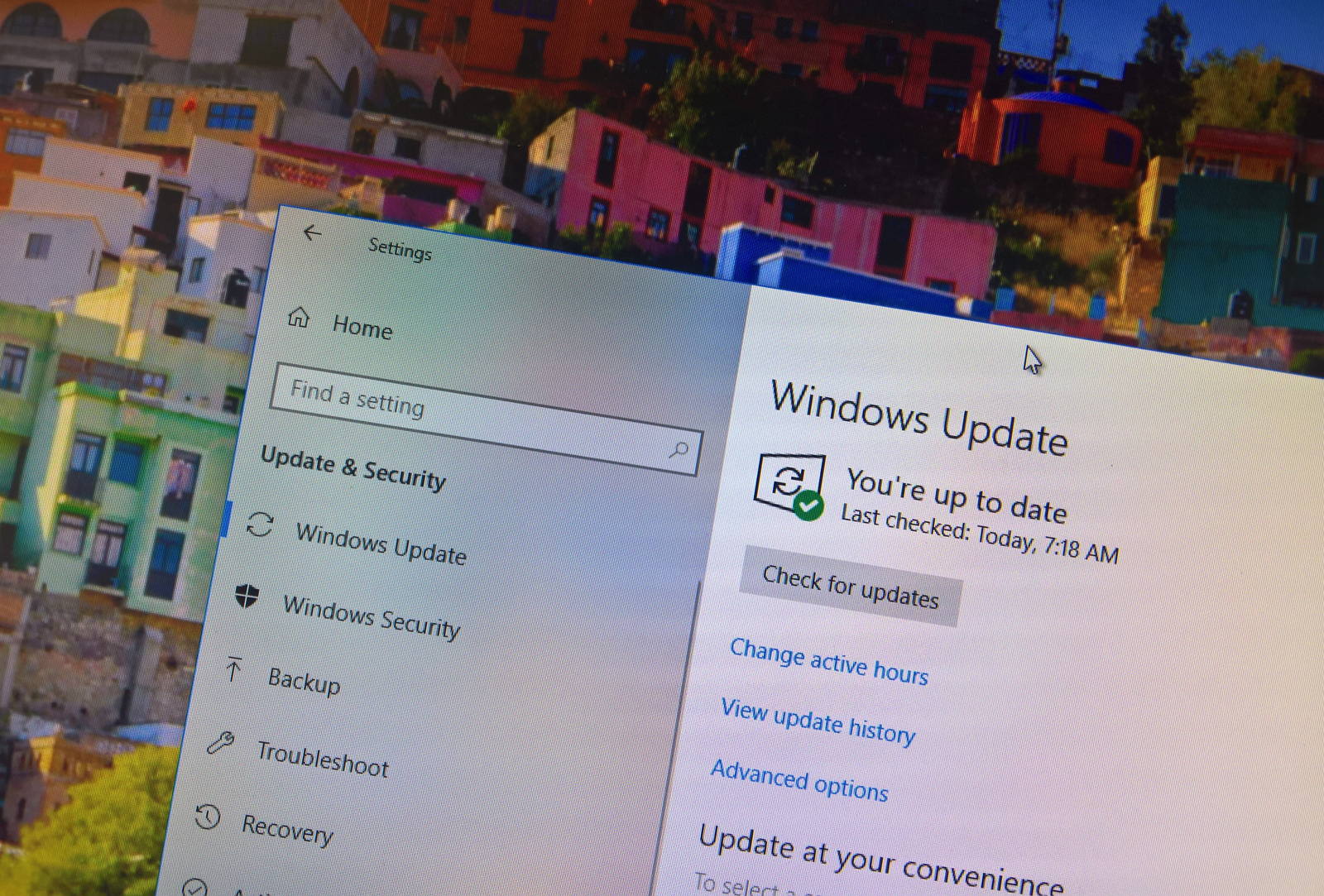It doesn’t matter if you have Windows 10, Windows 8.1, Windows 7, or any other version. They all have a lifecycle. This cycle begins when the product is first made available to the public and ends when Microsoft stops supporting it. In the case of Windows 10, being aware of the product’s lifecycle is helpful when upgrading.
On Windows 10, feature updates are released twice a year through the Semi-Annual Channel (SAC), governed by the new Modern Lifecycle Policy. However, starting with version 21H2, the OS only receives one feature update annually during the second half of the year via the General Availability Channel. This new policy means that the operating system is offered as a service, serviced and supported continuously, and never considered a complete product.
As long as you use the current version with a genuine license, Windows 10 will remain supported. Microsoft maintains a version (feature update) for at least 18 months since its original release to the public. (The Enterprise and Education variants of the operating system receive at least 30 months of support.) You want to continue installing cumulative updates (quality updates) during the supported time to keep your device secure and running smoothly. Usually, you want to upgrade to the latest version before the release on the device reaches its end of service.
| Windows 10 version history | Update name | Release date | End of support (consumer) * | End of support (business)** | Still supported |
|---|---|---|---|---|---|
| Windows 10 22H2 | 2022 Update | October 18, 2022 | May 14, 2024 | May 13, 2025 | Yes |
| Windows 10 21H2 | November 2021 Update | November 16, 2021 | June 13, 2023 | Jun 11, 2024 | No (Consumers) Yes (Business) |
| Windows 10 21H1 | May 2021 Update | May 18, 2021 | December 13, 2022 | December 13, 2022 | No |
| Windows 10 20H2 | October 2020 Update | October 20, 2020 | May 10, 2022 | May 9, 2023 | No |
| Windows 10 2004 | May 2020 Update | May 27, 2020 | December 14, 2021 | December 14, 2021 | No |
| Windows 10 1909 | November 2019 Update | November 12, 2019 | May 11, 2021 | May 10, 2022 | No |
| Windows 10 1903 | May 2019 Update | May 21, 2019 | December 8, 2020 | December 8, 2020 | No |
| Windows 10 1809 | October 2018 Update | November 13, 2018 | November 10, 2020 (new) May 12, 2020 (old) | May 11, 2021 | No |
| Windows 10 1803 | April 2018 Update | April 30, 2018 | November 12, 2019 | May 11, 2021 (new) November 10, 2020 (old) | No |
| Windows 10 1709 | Fall Creators Update | October 17, 2017 | April 9, 2019 | October 13, 2020 (new) April 14, 2020 (old) | No |
| Windows 10 1703 | Creators Update | April 5, 2017 | October 9, 2018 | October 8, 2019 | No |
| Windows 10 1607 | Anniversary Update | August 2, 2016 | April 10, 2018 | April 9, 2019 | No |
| Windows 10 1511 | November Update | November 10, 2015 | October 10, 2017 | October 10, 2017 | No |
| Windows 10 1507 | Initial Release | July 29, 2015 | May 9, 2017 | May 9, 2017 | No |
| * End of service for Home, Pro, Pro for Workstations, Pro Education ** End of service for Enterprise and Education | |||||
Depending on the edition of Windows 10 installed on your computer, it’s possible to defer feature updates using the Windows Update advanced options. While this option is for organizations, anyone can delay a feature update to avoid potential errors and other problems known to appear during the early days.
Windows 10 downloads and installs cumulative updates automatically but no longer forces feature updates unless the version you have is nearing the end of service. If you do not know the version you are running, there are many ways you can check and figure out if you need to upgrade to stay supported.
Microsoft plans to end the support of Windows 10 on October 14, 2025. When Windows 10 was first announced back in 2015, the company touted it as the last version of Windows. However, the lifecycle page now states that the company will “continue to support at least one Windows 10 Semi-Annual Channel until October 14, 2025,” for the Home, Pro, Enterprise, and Educations versions.
The retirement date means that after October 14, 2025, devices running Windows 10 will no longer receive security and quality updates, and you will no longer be able to contact the company for support.
The lifecycle is different if you use the Windows 10 Long Term Servicing Branch (LTSB) editions. Windows 10 LTSB is perhaps the best edition if you’re not into feature updates. They are editions supported for up to 10 years, there’s no bloatware, and they don’t get feature updates.
| Windows 10 version history | Date of availability | Mainstream support end date | Extended support end date |
|---|---|---|---|
| Windows 10 Enterprise LTSC 2021 Windows 10 IoT Enterprise LTSC 2021 | November 16, 2021 | January 12, 2027 | January 12, 2027 |
| Windows 10 Enterprise LTSC 2019 Windows 10 IoT Enterprise LTSC 2019 | November 13, 2018 | January 9, 2024 | January 9, 2029 |
| Windows 10 Enterprise 2016 LTSB Windows 10 IoT Enterprise 2016 LTSB | August 2, 2016 | October 12, 2021 | October 13, 2026 |
| Windows 10 Enterprise 2015 LTSB Windows 10 IoT Enterprise 2015 LTSB | July 29, 2015 | October 13, 2020 | October 14, 2025 |
Windows 10 LTSB is an option for Windows 10 Enterprise, and it is only available for Volume License customers or with an MSDN subscription.

